A significant part of the users will not be able to clearly answer what the term “modem” means. For those in the know, this word is unambiguously associated with devices that provide access to the Internet using mobile protocols. In fact, from a technical point of view, a modem is a multifunctional device, the history of which goes back exactly a century.
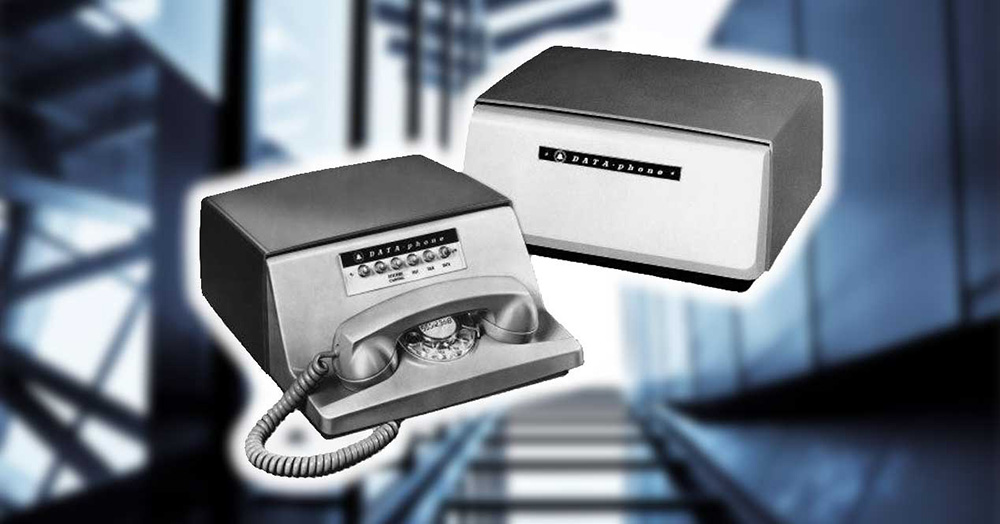
What is a modem
The modem is credited with many important achievements: the era of teletypes began with it, and it is credited with almost the main role in the development of the Internet. What is this device? The term “modem” is an abbreviation for a pair “modulator-demodulator”, which fully describes the purpose of the device: converting analog signals to digital and vice versa. Why modulation? Because an analog signal (in the overwhelming majority of cases – electrical) can be used by processing one or more of its characteristics – amplitude, frequency or phase, and this processing is called modulation.

The reverse operation, that is, converting a binary code into an analog signal, is called demodulation. Currently, the most common types of modems are ADSL and GSM modems, which work with telephone and cellular analog data, respectively. But it was not always so.
Modem history
It is believed that the digital era began with the advent of the first computer, but this is not entirely true. The principle of operation of a teletypewriter, an electromechanical device designed to print messages received through a telephone line, is also based on encoding characters using a binary code, as the easiest to implement. It is clear that in order for a teletypewriter to understand what to type, it must be able to convert a telephone signal, and this task fell on the shoulders of the first modems in history, which appeared in the 20s of the last century. An RS-232 connection was already used as an interface between a teletype and a modem.

An important milestone in the history of the creation of the modem began in the 40s, when the modem was first tested on a computer: George Stibitz in New York managed to receive a message sent by a teletypewriter from New Hampshire. In the late forties, the US Air Force sponsored the development of a device capable of transmitting radar data to a single command center. As a result, experts from the AFCRC research center, led by John Harrington, presented the first modem capable of digitizing sound and performing the reverse operation.
In 1958, a team from Bell Laboratories succeeded in improving the device, bringing the transmission and decryption rate to 150 baud (1 baud = 1 bit / sec). Two years later, AT&T developed a 300 baud prototype that was initially only used internally by the telephone company. In 1962, the Bell 103 model appeared, intended for the foreign market. It was quite expensive and was mainly used for working with computers in terminal mode.
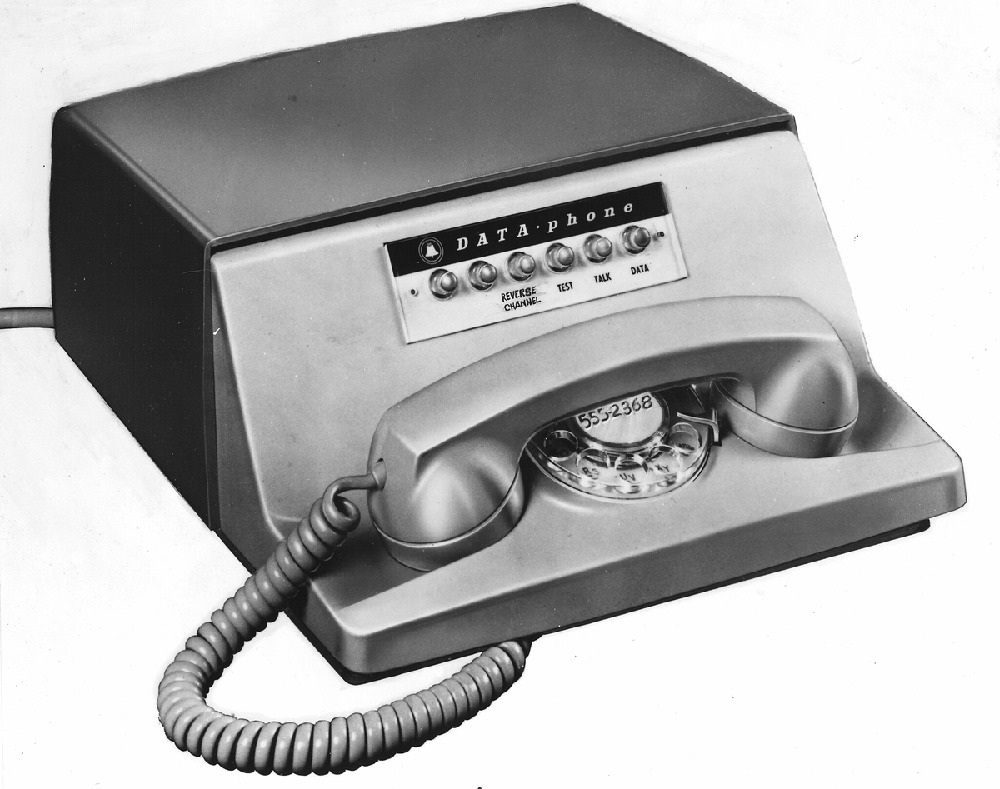
Further improvement was hampered by various factors: from the poor quality of telephone lines to the difficulties associated with the transmission of commands by a computer (lack of standards, interfaces, etc.). Part of the problem was solved by internal modems, which are a board that plugs into a standard connector on the Motherboard. One of the first representatives of this class of modems was the Apple-CAT II model.
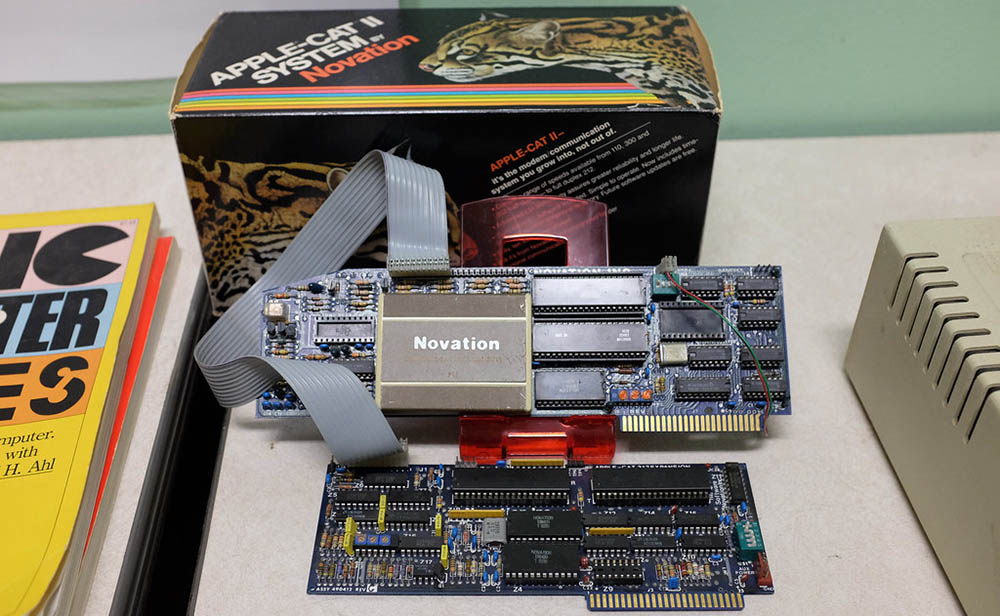
It is worth noting that the second half of the 70s was a time when in the computer field new devices were often developed “from the knee” by enthusiasts of this business, there are many examples of this. Denis Hayes and Dale Heatherington were such enthusiasts: friends in 1977 started developing modems, and a year later they made this occupation the main one, leaving their former jobs. This is how the Hayes Microcomputer company appeared, which determined the development of these devices for many years to come. Their first truly mass-produced and successful product was the Micromodem 100, designed for the Apple II and S-100 computers (1979). Internal modems were quite productive, but they also had drawbacks – incompatibility with many computers at the interface level, the need to use specific software. So,the very popular Atari 400 computers of that time simply did not have a place inside where a modem card could be inserted.
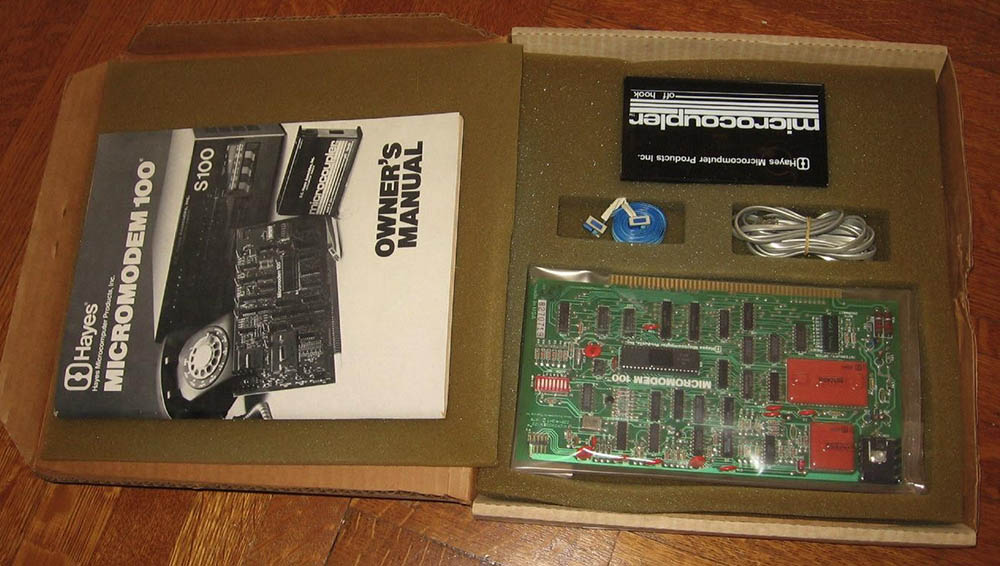
Therefore, the emphasis was shifted towards external devices: most computers were already equipped with a standard RS-232 port. The main problem with such devices was the inability to identify the end of the communication session. Hayes Microcomputer tackled this problem by developing a command system that was transmitted separately from the data. It remains to decide how the modem should understand that it is not data, but commands that are being transmitted. A variant of using the sequence of symbols “+++” for this was adopted, and so that it would not be interpreted as just text, a second pause was applied before transmitting this sequence. In 1981, the Smartmodem model appeared on sale, which was able not only to work in command mode, but also to determine the speed of the computer port to which the modem was connected.
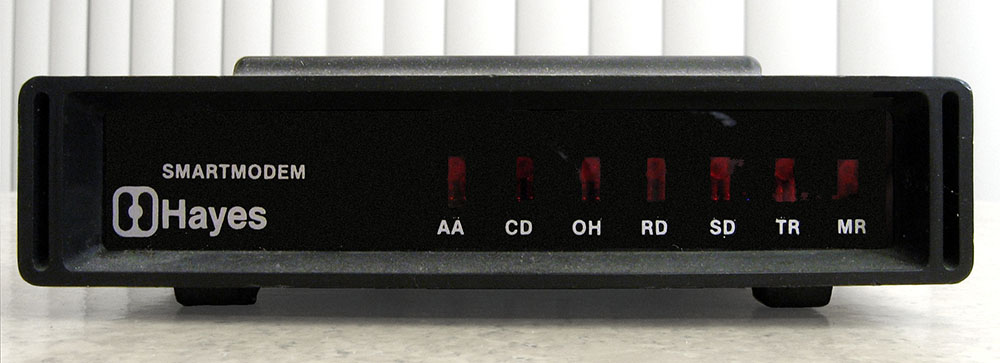
This important invention led to Hayes Microcomputer making up the majority of the modem market just three years later. Their further evolution moved in the direction of increasing the data transfer rate: in 1982, the 1200 baud threshold was reached, in 1984 the speed was doubled, and modems capable of transmitting data at 9600 baud soon appeared. The firstborn was the Courier HST modem. In 1988, the speed increased to 14,400 baud, and after 6 years the Sportster V.34 modem appeared, in which this figure was 28,800 baud. A year later, the modem speed was increased to a maximum of 33600 baud, and with the adoption of the V.92 protocol, it was theoretically possible to get 57.6 KB / s, but in practice it turned out much less. To increase the speed, it was necessary to improve the quality of the existing telephone lines.
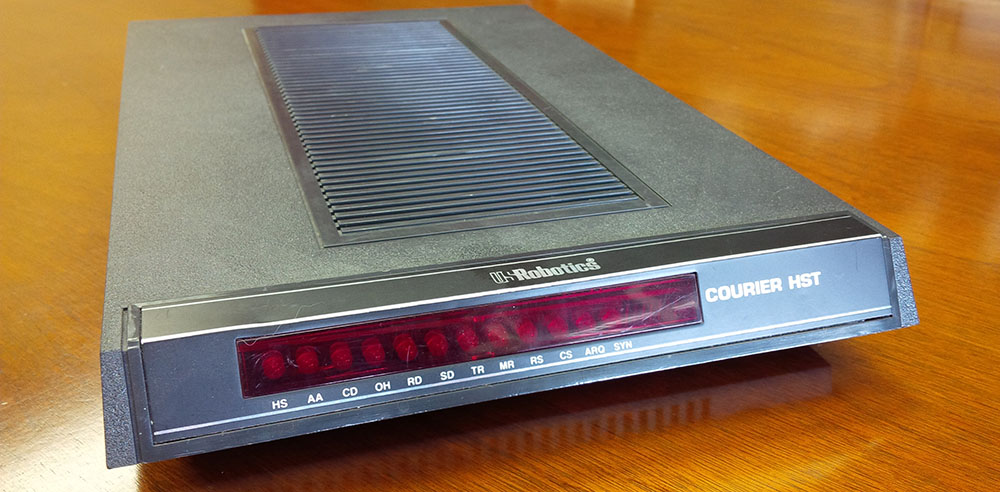
When the Ethernet-based wired Internet appeared, the development of telephone modems was gradually phased out – they no longer met the speed requirements. However, the Internet via twisted pair was not available everywhere, so the very idea of using a telephone line did not die, and the speed was increased thanks to the advent of ADSL modems.

The main idea was to use for data transmission not the frequencies on which the voice was transmitted, while the phone could be used for its intended purpose while the modem was operating. The input data transfer rate was up to 24 MB / s, however, outgoing traffic was limited to 1 MB / s. The speed indicators strongly depended on the quality of the signal, which tended to fade at large distances from the PBX.
With the development of cellular communications, the era of GSM modems began, for which no wires were required at all, and at the moment it is these USB modems that are used where there is no wired Internet.
Modern classification of modems
There are several criteria by which analog modems are classified. Let’s consider them in more detail.
By design, the classification is as follows:
- external, connected to a computer via COM1 / COM2 or USB ports. The former, as a rule, have a power supply unit for connecting to a household network, the latter are powered by USB;
- internal, installed on the motherboard using ISA / EISA, PCI, PCMCIA slots;
- built-in, which are part of the MP (usually laptops are equipped with such modems, where there are big problems with the addition of cards).

According to the principle of operation, they are distinguished:
- hardware modems, in which all modulation / demodulation operations are performed by the device itself;
- software, in which part or all of the data transformation operations are carried out programmatically.
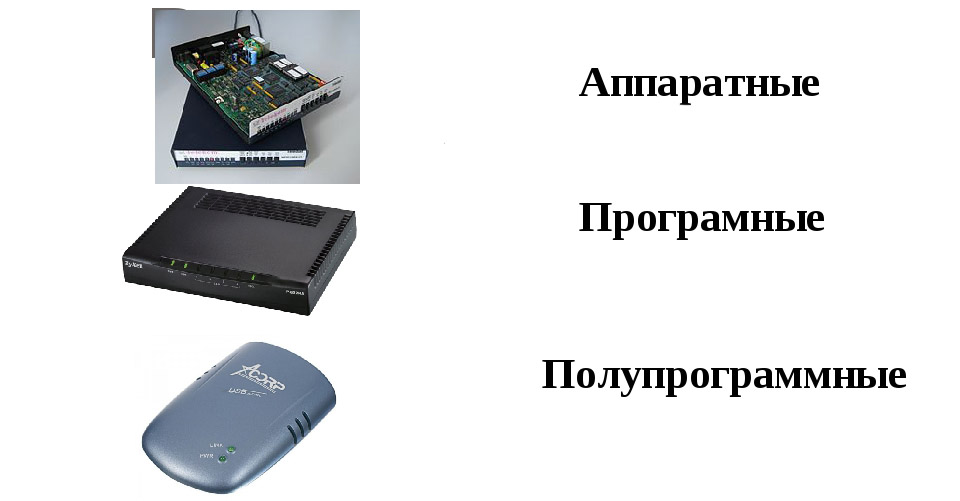
By signal transmission method:
- analog modems use telephone wires;
- cable to connect to the Internet use a coaxial cable (regular television or special);
- radio modems are capable of receiving radio signals transmitted at a certain frequency;
- satellite – use the signal picked up by the satellite dish. Requires special equipment to transmit the signal to the outside;
- cellular modems with a module for receiving and transmitting data via mobile communications. They can have a compact design in the form of a small USB stick.
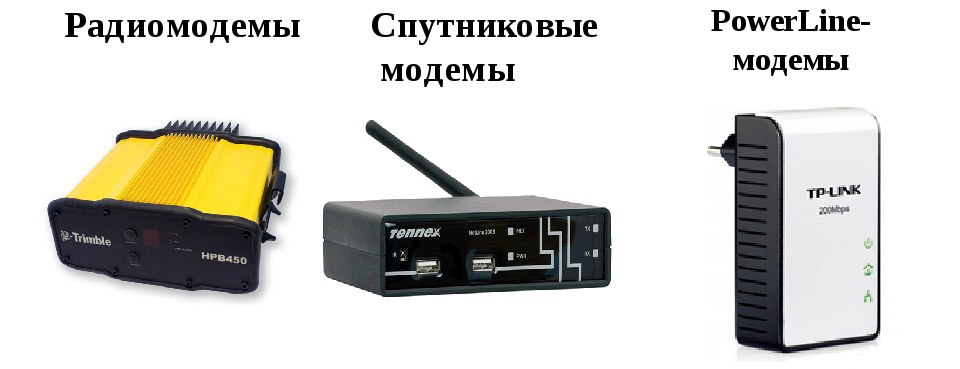
Currently, analog modems are practically not used. Satellite ones are expensive both in terms of equipment and cost of traffic, but they can work almost anywhere in the world, as long as there is power. Radio modems also have a limited area of use, and the most common option is GSM modems and their varieties.